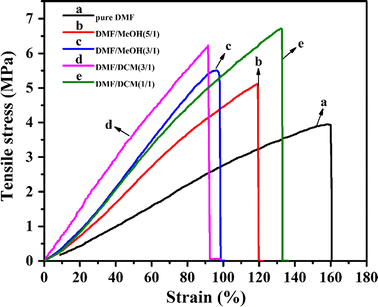
Fermentative production of biobased chemicals often faces low productivity or low energy efficiency due to inhibitory effects of primary or secondary metabolites accumulating in the system. Reducing DSP cost is therefore a key success factor to improve the overall economics of biobased processes.Ī recent approach is to integrate the DSP within the fermentation process. Product recovery and purification (also called downstream processing or DSP) are important cost factors, responsible for up to 80% of the total production cost. These processes typically consist of two distinct unit operations: fermentation, followed by purification of the compound of interest from the fermentation broth. Industrial biotechnology plays a crucial role in the development of sustainable and cost effective production processes for biobased chemicals. The current studies are the first demonstration of a highly sensitive, single-particle fluorescence microscopy technique to pinpoint otherwise elusive solvent effects in synthetic chemistry.Demonstration of In Situ Product Recovery (ISPR) to improve the productivity in fermentation processes Scope of the project These findings characterize the acceleration of oxidative addition of the starting organoiodide to the surface of zinc metal in DMSO relative to THF, but once formed, surface intermediates display similar persistence in either solvent. When combined with NMR spectroscopy, these imaging data pinpoint the previously elusive mechanistic origin of solvent effects in the synthesis of widely used organozinc reagents. Herein, the sensitivity of single-particle fluorescence microscopy uniquely enables direct observation of organozinc intermediates and solvent effects on their build-up and persistence.


Solvent effects are often difficult to understand in cases where reaction intermediates, and thus their differential behavior in different solvents, are not directly observable by traditional ensemble analytical techniques.


 0 kommentar(er)
0 kommentar(er)
